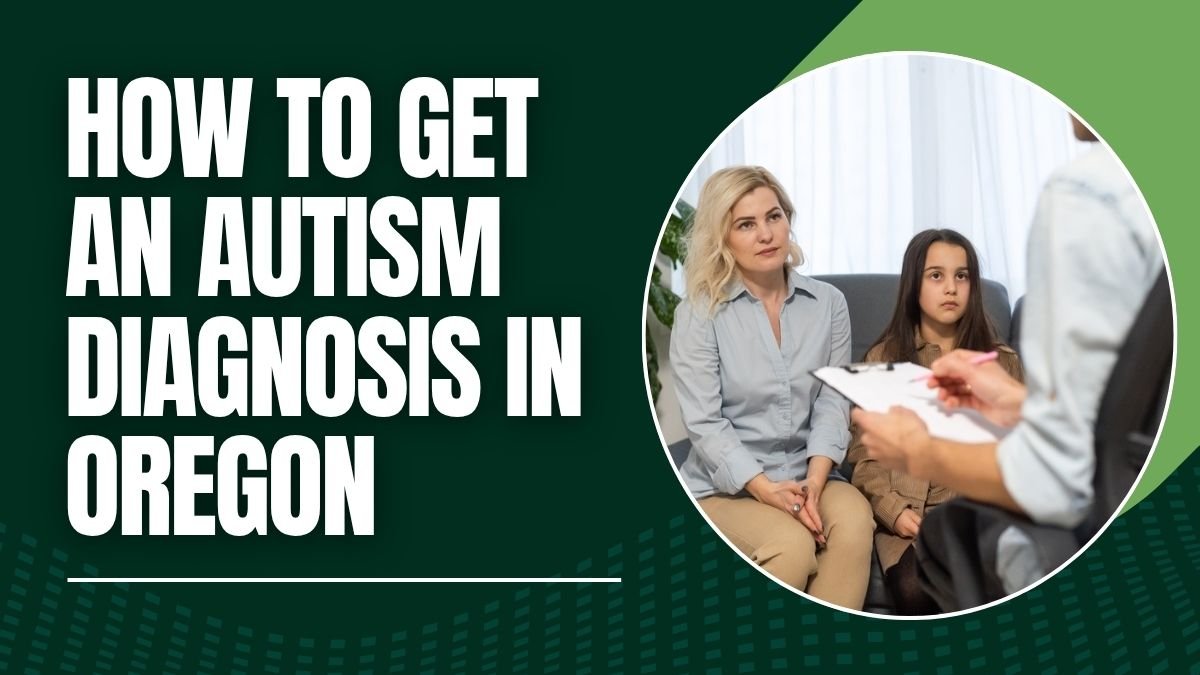When parents first notice that their child’s development seems a little different from the norm—such as delayed speech, lack of eye contact, repetitive behaviors, or discomfort in social situations—many questions arise. At times like these, the best course of action is to seek expert help.
The autism diagnosis process in Oregon is quite structured and family-centered. Its goal is to fully understand the child’s needs and help parents plan for the future.
This guide explains each step of the process, from the initial consultation to receiving the final report, in simple language, so you can participate in the process with complete confidence.
Step One: Meeting with Your Child’s Primary Care Physician
The diagnostic journey begins here.
Schedule an appointment with your child’s primary care physician and feel free to discuss your concerns openly.
What happens during this visit:
- The doctor will conduct a developmental screening of your child.
- They will ask about how your child plays, how they respond, whether they turn when their name is called, whether they imitate others, and whether their language is developing appropriately for their age.
- Sometimes they may also give you some short questionnaires to fill out.
If the doctor feels that further evaluation is needed, they will refer you to a specialist. Many autism clinics do not schedule appointments without this referral, so this step is crucial.
Step Two: Preparing for the Specialist Evaluation
After receiving the referral, you will typically have an appointment with a developmental pediatrician, child psychologist, or a multidisciplinary team. This evaluation is quite comprehensive.
Preparation before the appointment:
1. Filling out Questionnaires
You will often be asked to fill out several forms containing questions about your child’s behavior, habits, likes and dislikes, learning abilities, and other developmental aspects.
2. Gathering Old Documents
- Previous doctors’ reports
- School teachers’ observations
- Speech or occupational therapy reports
- Any previous evaluations
All of this helps the specialists understand the complete picture of your child.
3. Family Background
Sometimes, specialists ask about family history, such as developmental problems, learning difficulties, or other behavioral challenges. This information is also important.
Step Three: Participating in the Diagnostic Evaluation
This entire process can take several hours. During this time, specialists carefully observe and interact with your child to determine how clearly the signs of autism are present.
Who is involved?
- Developmental pediatrician
- Speech-language pathologist
- Child psychologist
- Neuropsychologist
What do they look at?
- Social behavior
- Eye contact
- Responding to emotions
- Ability to understand and use language
- Repetitive behaviors
- Play style (imaginative play, functional play)
What are the main tests used?
1. ADOS (Autism Diagnostic Observation Schedule)
This test assesses how a child responds to social cues through play, interaction, and various activities.
2. CARS (Childhood Autism Rating Scale)
This rating scale helps specialists identify the level of autism symptoms present in the child.
Both tests together provide an in-depth examination of the child’s communication skills, social interaction, attention, behavior, and learning style.
Step Four: Discussing the Results and Next Steps with the Specialists
After the evaluation, the specialists meet to combine the reports, observations, interviews, and test results to arrive at a final conclusion. This is called a consensus diagnosis, meaning all the specialists agree on the same conclusion.
What happens at your follow-up meeting?
- You will be told whether or not your child has autism.
- If other conditions are also present, such as ADHD or a speech delay, that information will also be provided.
- Experts will tell you which category your child falls into—mild, moderate, or severe.
- You will be guided through the next steps, such as therapy, special education, and home support strategies.
What does the plan look like going forward?
The team will work with you to develop a personalized action plan for your child, which may include:
- Speech therapy
- Occupational therapy
- ABA therapy
- Family training programs
- School support services (IEP or 504 plan)
This plan can be adjusted periodically to meet your child’s changing needs.
Conclusion: A diagnosis is just the beginning, not the end of the road.
Hearing an autism diagnosis can sometimes be emotional and challenging for parents. But always remember that this diagnosis does not limit your child’s abilities.
It is simply a guide that helps you understand what kind of support your child needs.
The expert teams, therapy services, and school support systems available in Oregon are always ready to help parents. Receiving the right diagnosis at the right time gives your child the opportunity to understand and navigate the world in their own way.
Your active involvement, willingness to learn, and full cooperation with your child play the biggest role in shaping their future.
